Cover
Copyright
Table of Contents
Chapter 1
1.1 Vectors and Linear Combinations
1.2 Lengths and Dot Products
1.3 Matrices
Chapter 2
2.1 Vectors and Linear Equations
2.2 The Idea of Elimination
2.3 Elimination Using Matrices
2.4 Rules for Matrix Operations
2.5 Inverse Matrices
2.6 Elimination = Factorization: A = LU
2.7 Transposes and Permutations
Chapter 3
3.1 Spaces of Vectors
3.2 The Nullspace of A: Solving Ax= 0 and Rx=0
3.3 The Complete Solution to Ax = b
3.4 Independence, Basis and Dimension
3.5 Dimensions of the Four Subspaces
Chapter 4
4.1 Orthogonality of the Four Subspaces
4.2 Projections
4.3 Least Squares Approximations
4.4 Orthonormal Bases and Gram-Schmidt
Chapter 5
5.1 The Properties of Determinants
5.2 Permutations and Cofactors
5.3 Cramer's Rule, Inverses, and Volumes
Chapter 6
6.1 Introduction to Eigenvalues
6.2 Diagonalizing a Matrix
6.3 Systems of Differential Equations
6.4 Symmetric Matrices
6.5 Positive Definite Matrices
Chapter 7
7.1 Image Processing by Linear Algebra
7.2 Bases and Matrices in the SVD
7.3 Principal Component Analysis (PCA by the SVD)
7.4 The Geometry of the SVD
Chapter 8
8.1 The Idea of a Linear Transformation
8.2 The Matrix of a Linear Transformation
8.3 The Search for a Good Basis
Chapter 9
9.1 Complex Numbers
9.2 Hermitian and Unitary Matrices
9.3 The Fast Fourier Transform
Chapter 10
10.1 Graphs and Networks
10.2 Matrices in Engineering
10.3 Markov Matrices, Population, and Economics
10.4 Linear Programming
10.5 Fourier Series: Linear Algebra for Function
10.6 Computer Graphics
10.7 Linear Algebra for Cryptography
Chapter 11
11.1 Gaussian Elimination in Practice
11.2 Norms and Condition Numbers
11.3 Iterative Methods and Preconditioners
Chapter 12
12.1 Mean, Variance, and Probability
12.2 Covariance Matrices and Joint Probabilities
12.3 Multivariate Gaussian and Weighted Least Squares
MATRIX FACTORIZATIONS
Index
A
B
C
D
E
F
G
H
I
J
K
L
M
N
0
p
Q
R
s
T
u
V
w
y
z
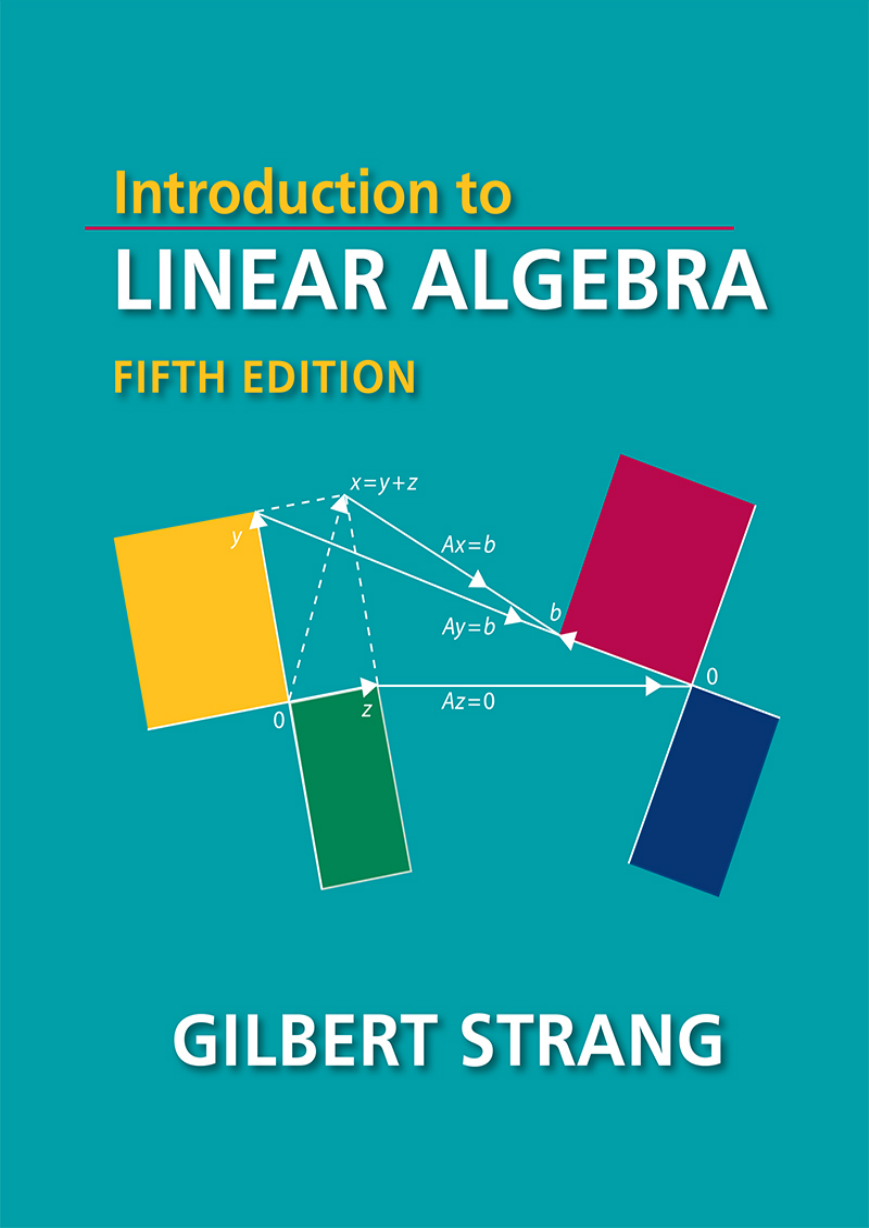
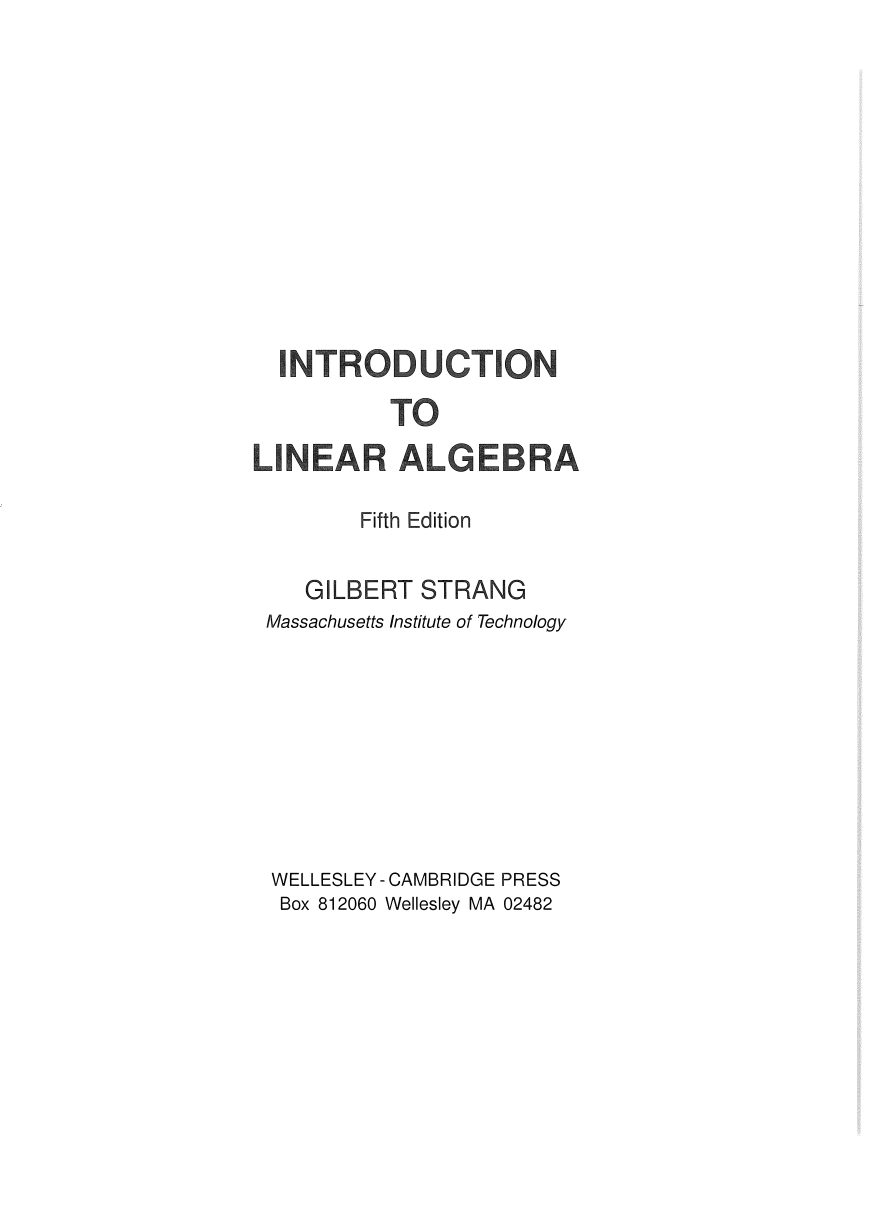
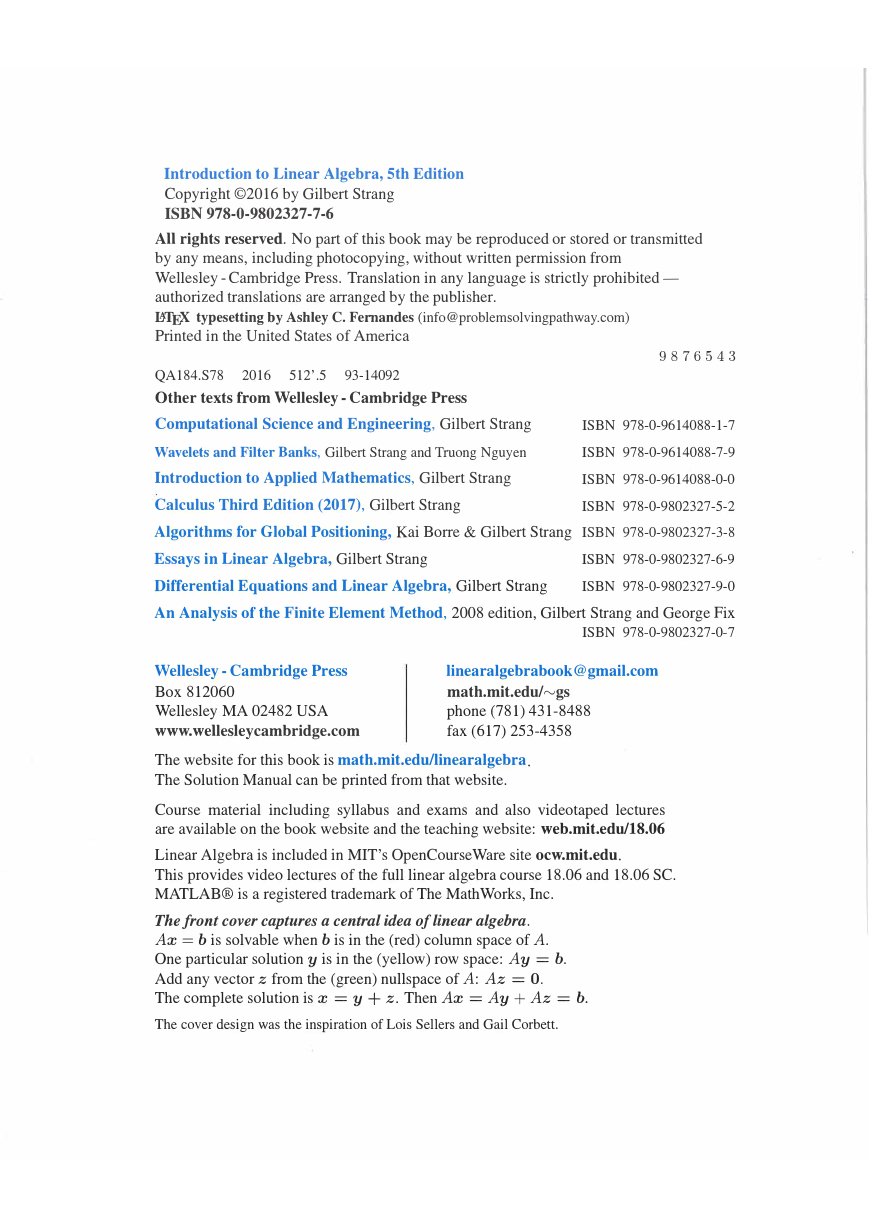
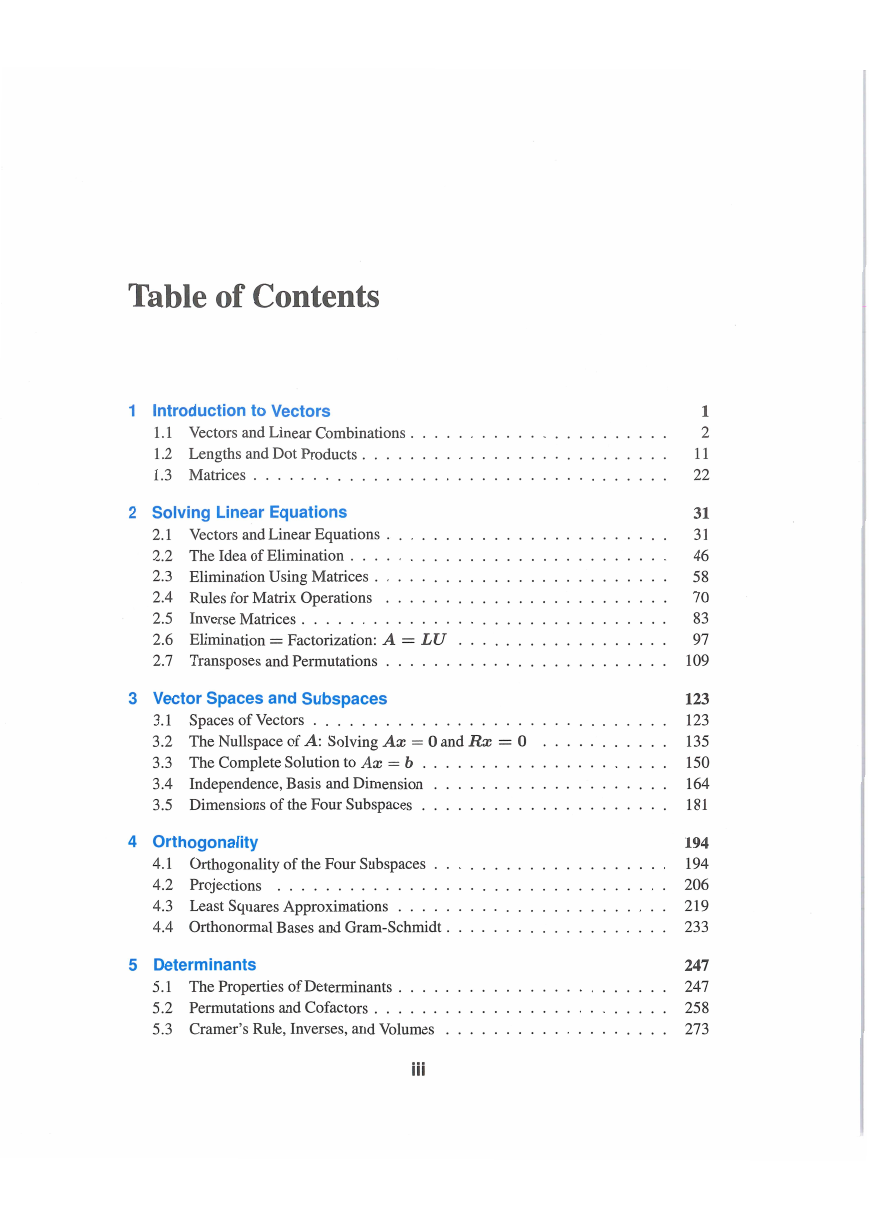

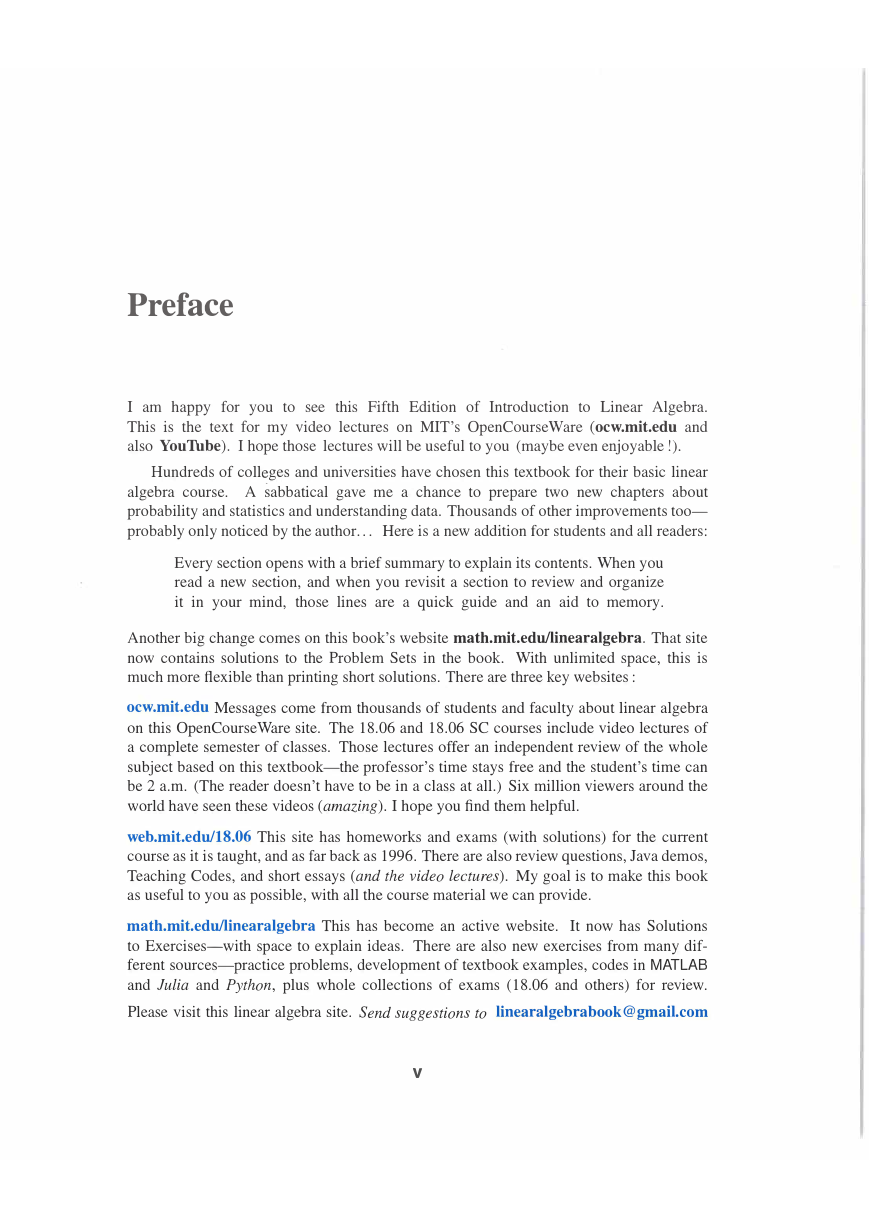
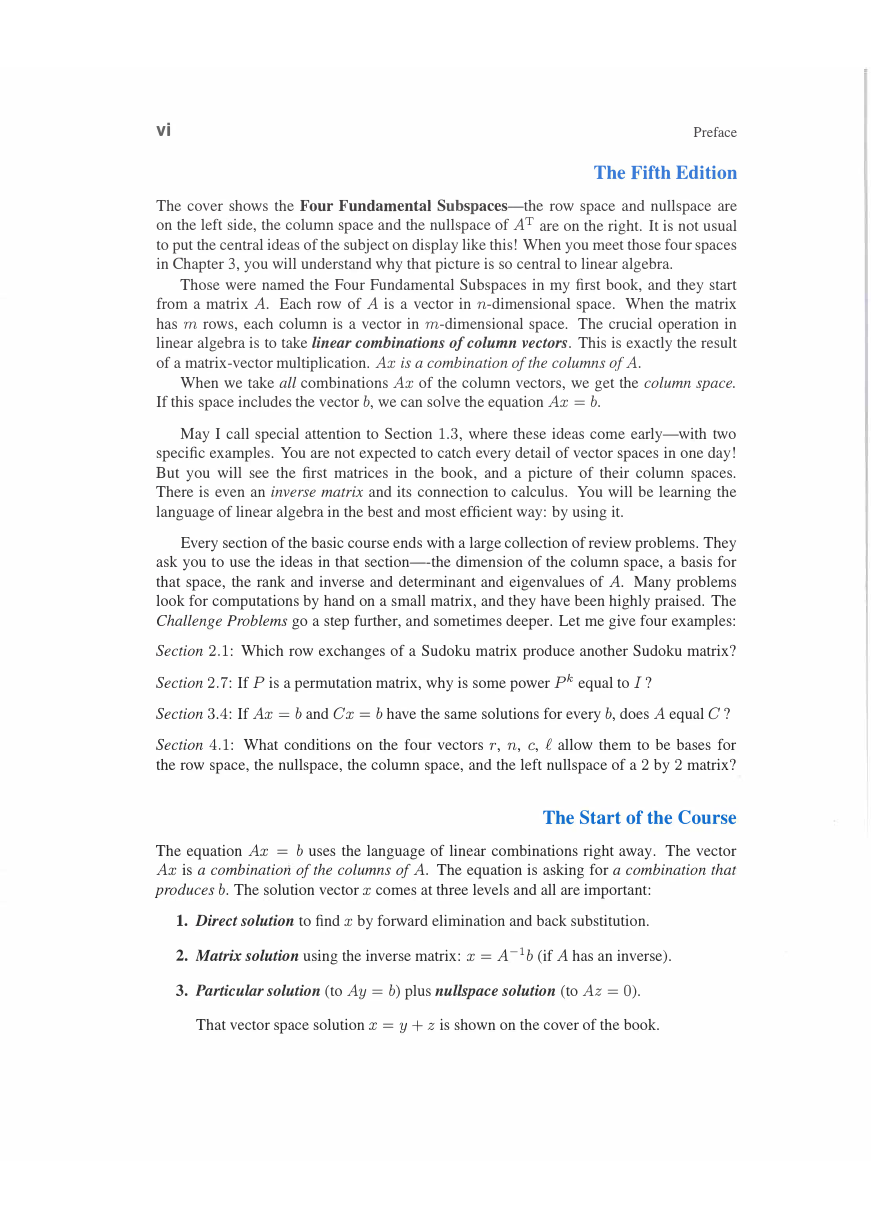









 2023年江西萍乡中考道德与法治真题及答案.doc
2023年江西萍乡中考道德与法治真题及答案.doc 2012年重庆南川中考生物真题及答案.doc
2012年重庆南川中考生物真题及答案.doc 2013年江西师范大学地理学综合及文艺理论基础考研真题.doc
2013年江西师范大学地理学综合及文艺理论基础考研真题.doc 2020年四川甘孜小升初语文真题及答案I卷.doc
2020年四川甘孜小升初语文真题及答案I卷.doc 2020年注册岩土工程师专业基础考试真题及答案.doc
2020年注册岩土工程师专业基础考试真题及答案.doc 2023-2024学年福建省厦门市九年级上学期数学月考试题及答案.doc
2023-2024学年福建省厦门市九年级上学期数学月考试题及答案.doc 2021-2022学年辽宁省沈阳市大东区九年级上学期语文期末试题及答案.doc
2021-2022学年辽宁省沈阳市大东区九年级上学期语文期末试题及答案.doc 2022-2023学年北京东城区初三第一学期物理期末试卷及答案.doc
2022-2023学年北京东城区初三第一学期物理期末试卷及答案.doc 2018上半年江西教师资格初中地理学科知识与教学能力真题及答案.doc
2018上半年江西教师资格初中地理学科知识与教学能力真题及答案.doc 2012年河北国家公务员申论考试真题及答案-省级.doc
2012年河北国家公务员申论考试真题及答案-省级.doc 2020-2021学年江苏省扬州市江都区邵樊片九年级上学期数学第一次质量检测试题及答案.doc
2020-2021学年江苏省扬州市江都区邵樊片九年级上学期数学第一次质量检测试题及答案.doc 2022下半年黑龙江教师资格证中学综合素质真题及答案.doc
2022下半年黑龙江教师资格证中学综合素质真题及答案.doc